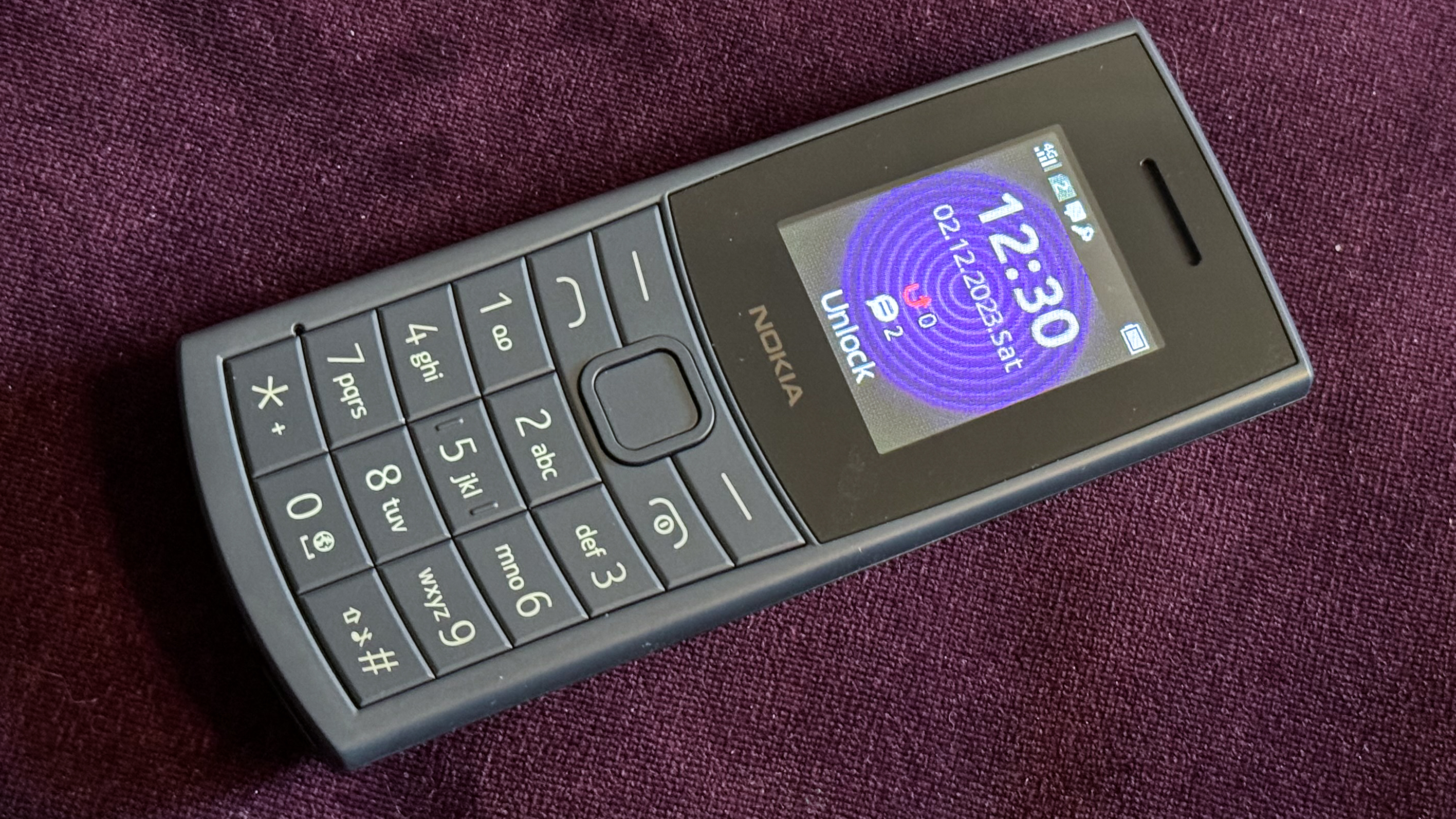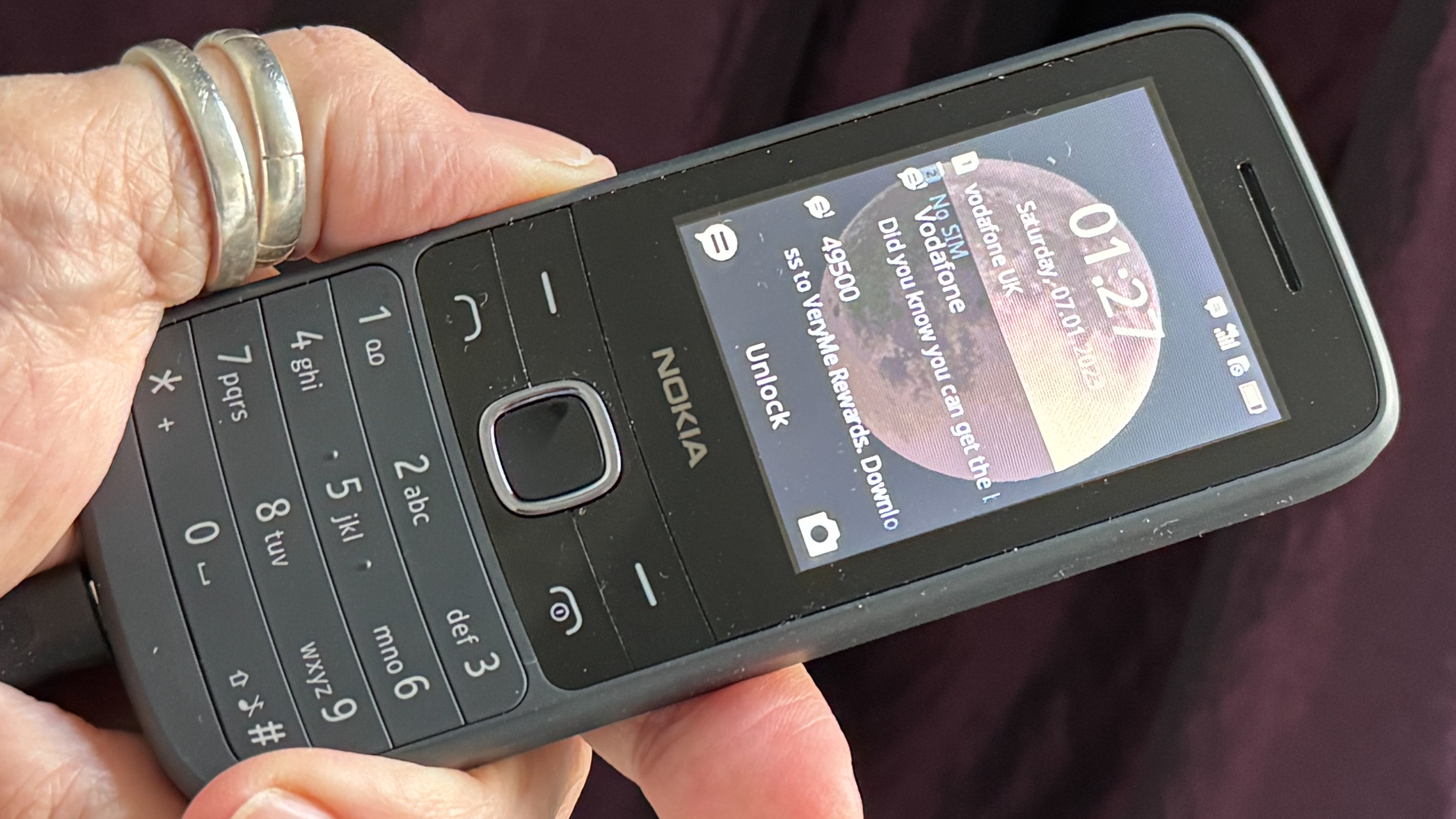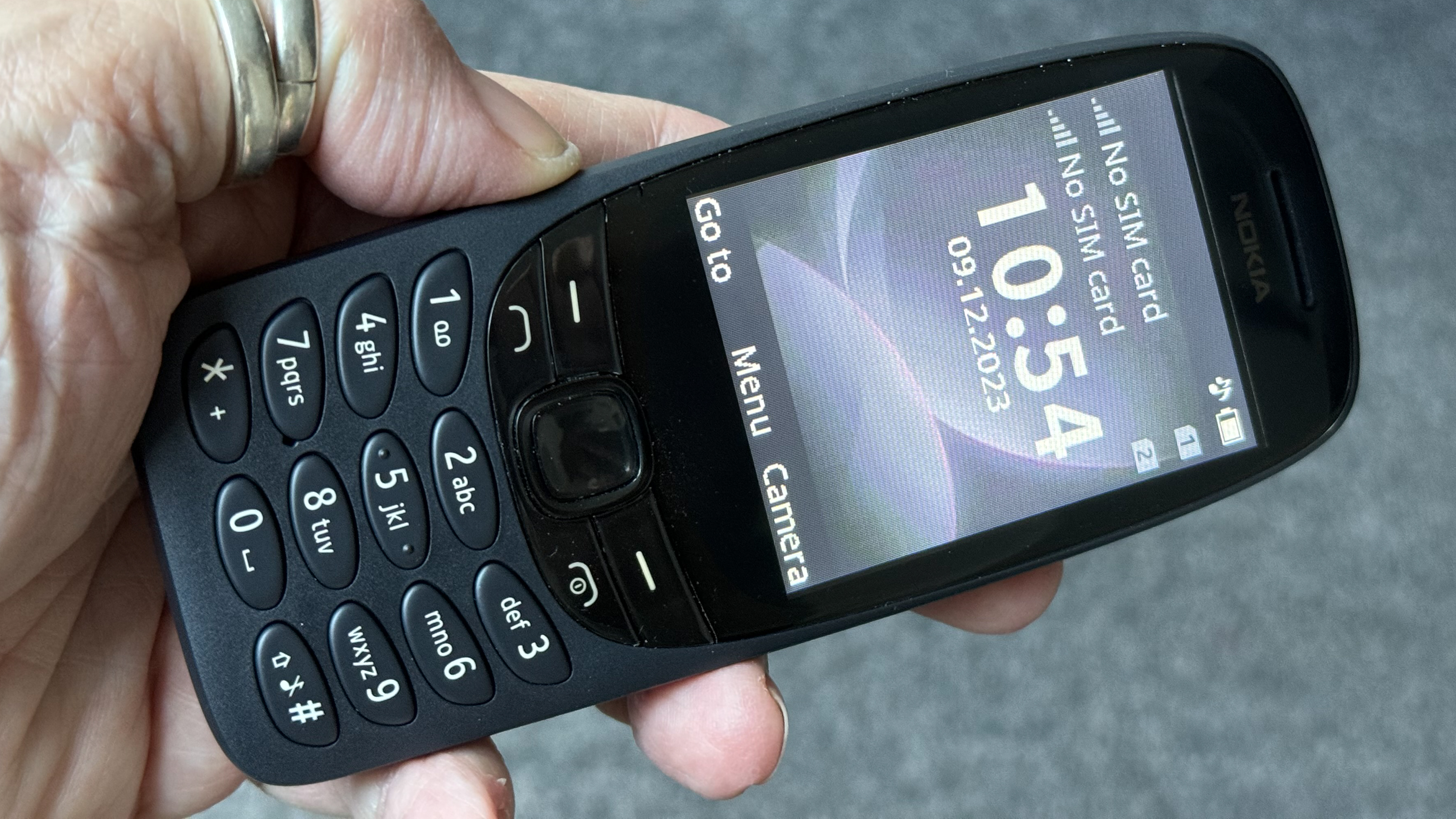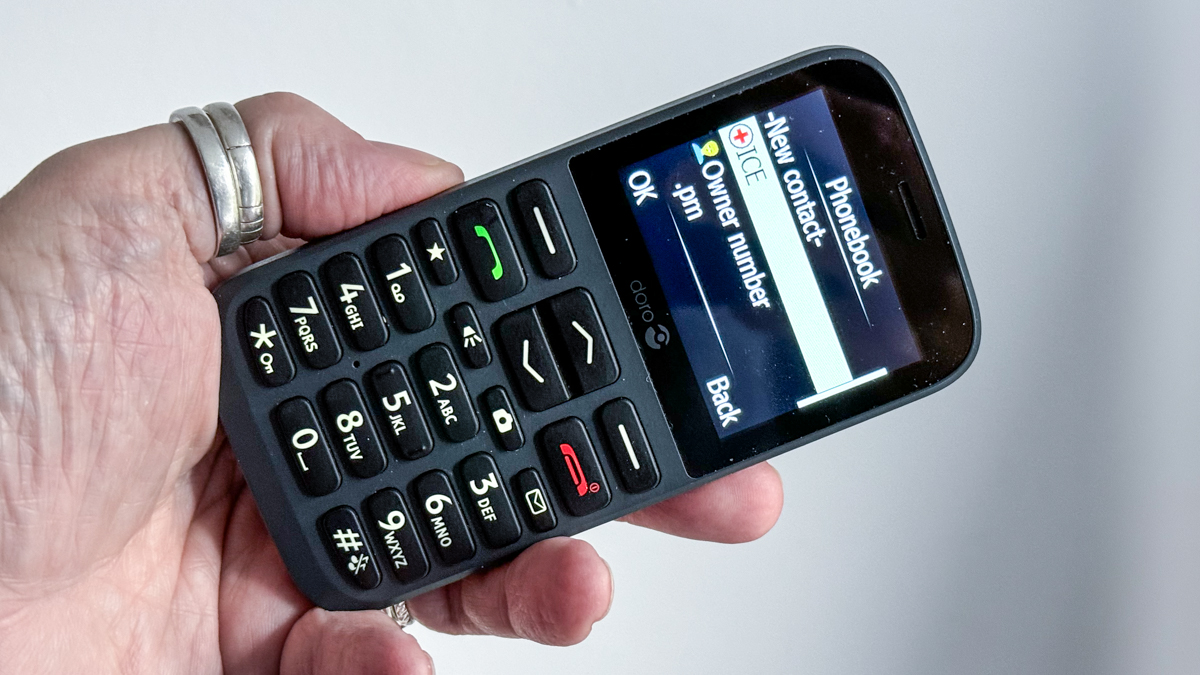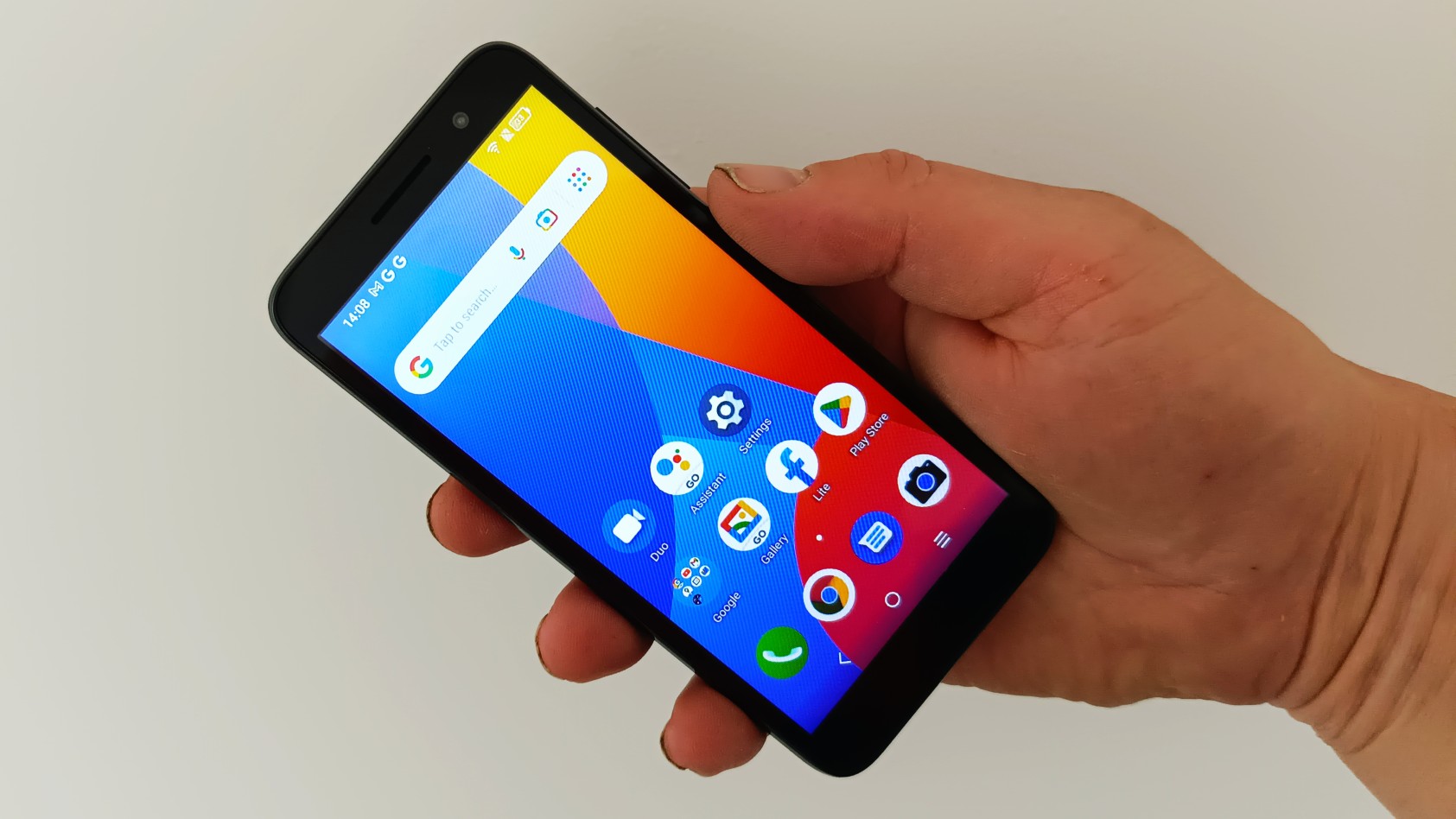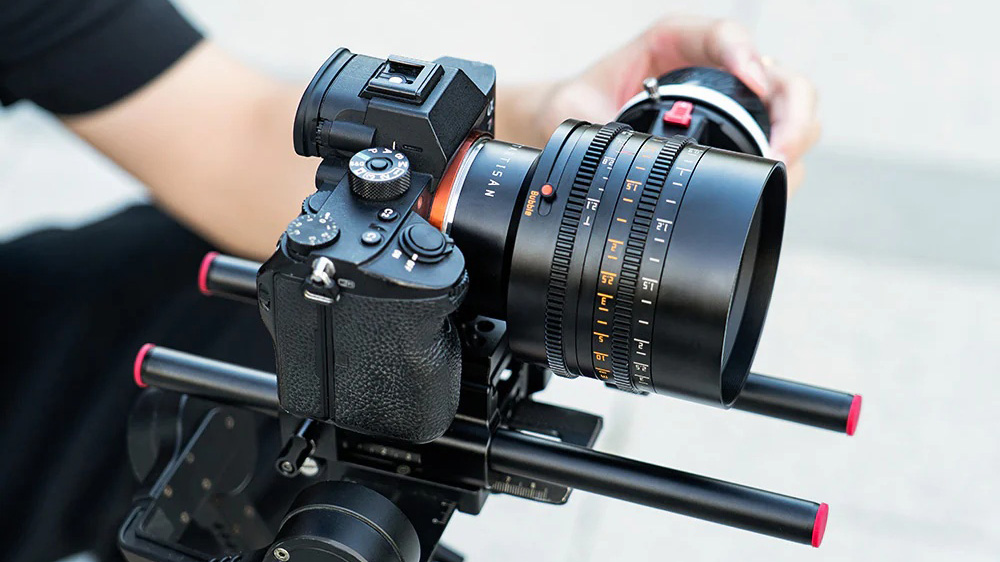The best burner phone: cheap phones you won't worry about breaking or losing
The best burner phones are so cheap, you can take them anywhere without stress. And the battery life is amazing!
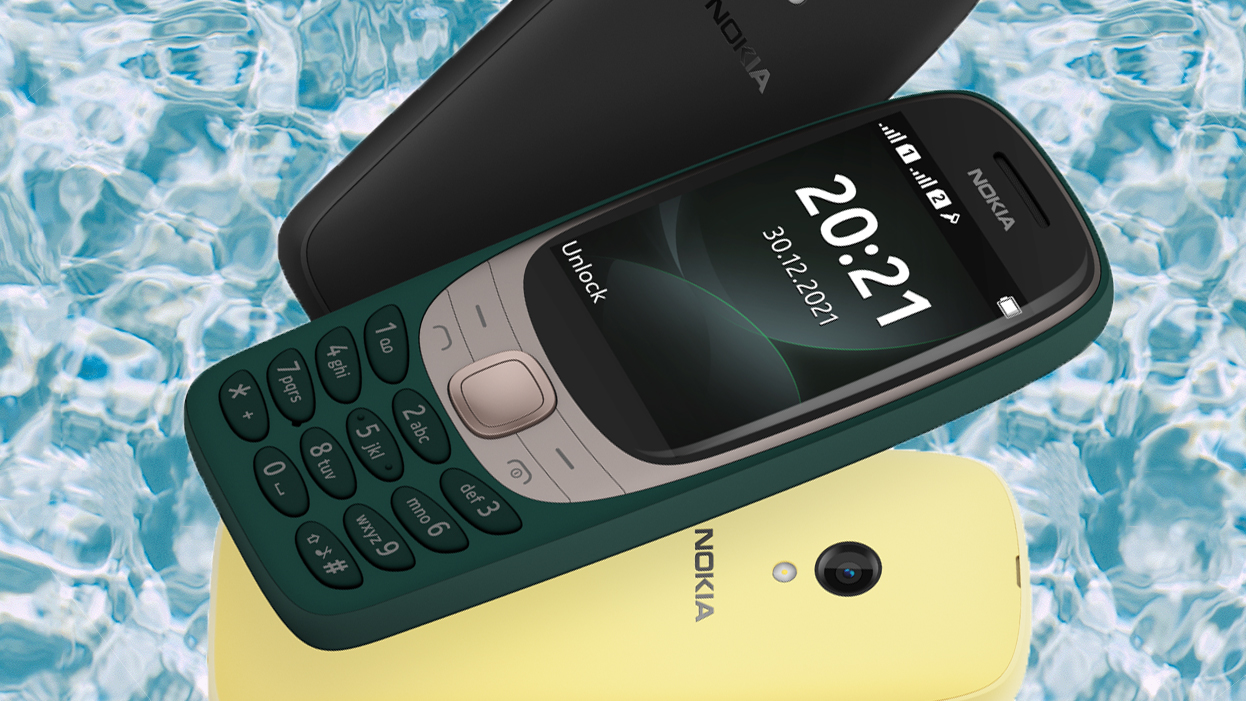
The best burner phone isn't just for drugs dealers and cheating husbands. This kind of phone is very cheap, which makes it a great choice as a backup or spare that you don't need to worry too much about losing or breaking. Plus, as a simpler device, it'll have battery life that would puts iPhones to shame!
Think about it. There are places you wouldn't want to take your iPhone Pro Max, lest it get stolen or damaged. And there are times when a smartphone battery just isn't going to last, but you might need to make an urgent call. So the best burner phone comes in handy as a useful backup. Since HBO drama The Wire the term 'Burner’ is the most common, but ‘feature phone’ is an industry favourite meaning a non-smart phone, and ‘pre-paid’ refers to the alternative to contracts with minutes and data paid for in advance.
No, this won't be the best phone, and certainly not the best camera phone. But it may last up to a week or more before needing a charge, and for the cost of a bottle of wine, that can be a great investment. Running, cycling and hiking fans shouldn’t leave home without one, and they’re good transitional devices for kids.
Will you need to check email or social media apps like Facebook and Twitter? A few burner phones will let you do so, but not all, and the ones that do will be slow. Some of them don’t even have cameras at all, And those that do will be pretty low quality.
Most burner phones also use microSIMs rather than nanoSIMs, so you’ll either need to get a new SIM from your phone network or a converter: a little piece of plastic into which your normal SIM slots. You can buy these cheaply on eBay.
However, you need to be careful about what you buy, especially if you travel widely. In the USA and Australia, 2G and 3G networks have been retired so 4G-capability is a must just to connect to the network.
In the UK, 2G networks were installed by the first operators, Vodafone and Cellnet, and the technology is widely used in IT technologies like smart home meters. That creates pressure to keep 2G alive. As such, the current planned UK closure, “by 2033,” is almost a decade away.
3G networks, however, are less essential to infrastructure; arguably 3G was always a bit of a large-scale beta test of technology needed for the 4G era, and as such the 3G switch-off is well underway.
With all that in mind, here are some of the best 2G and 4G burner phones for your money today.
Top 3 burner phones
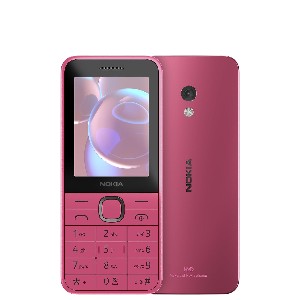
With a removable battery, dual SIM slots and 16-day battery life, the Nokia 225 4G (2024) is our pick as the best burner phone today.
Read more below
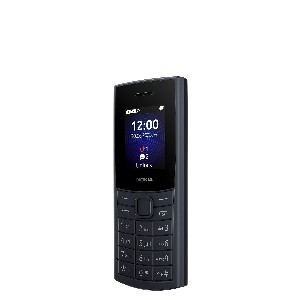
If battery life is your priority, you won't find a better choice than the Nokia 110 4G. With minimal usage, it can stretch to nearly more than three weeks.
Read more below
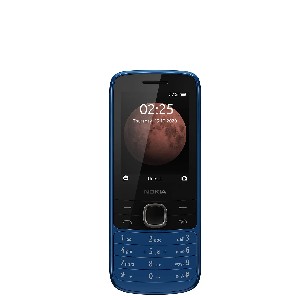
If your budget is tight, the predecessor to our no.1 pick is worth looking at too. Costing around $45, the Nokia 225 4G (2020) provides the basic features you need.
Read more below

With over 20 years of expertise as a tech journalist, Adam brings a wealth of knowledge across a vast number of product categories, including timelapse cameras, home security cameras, NVR cameras, drones, and phones.
Best burner phones in the UK
Why you can trust Digital Camera World
Best burner phone overall
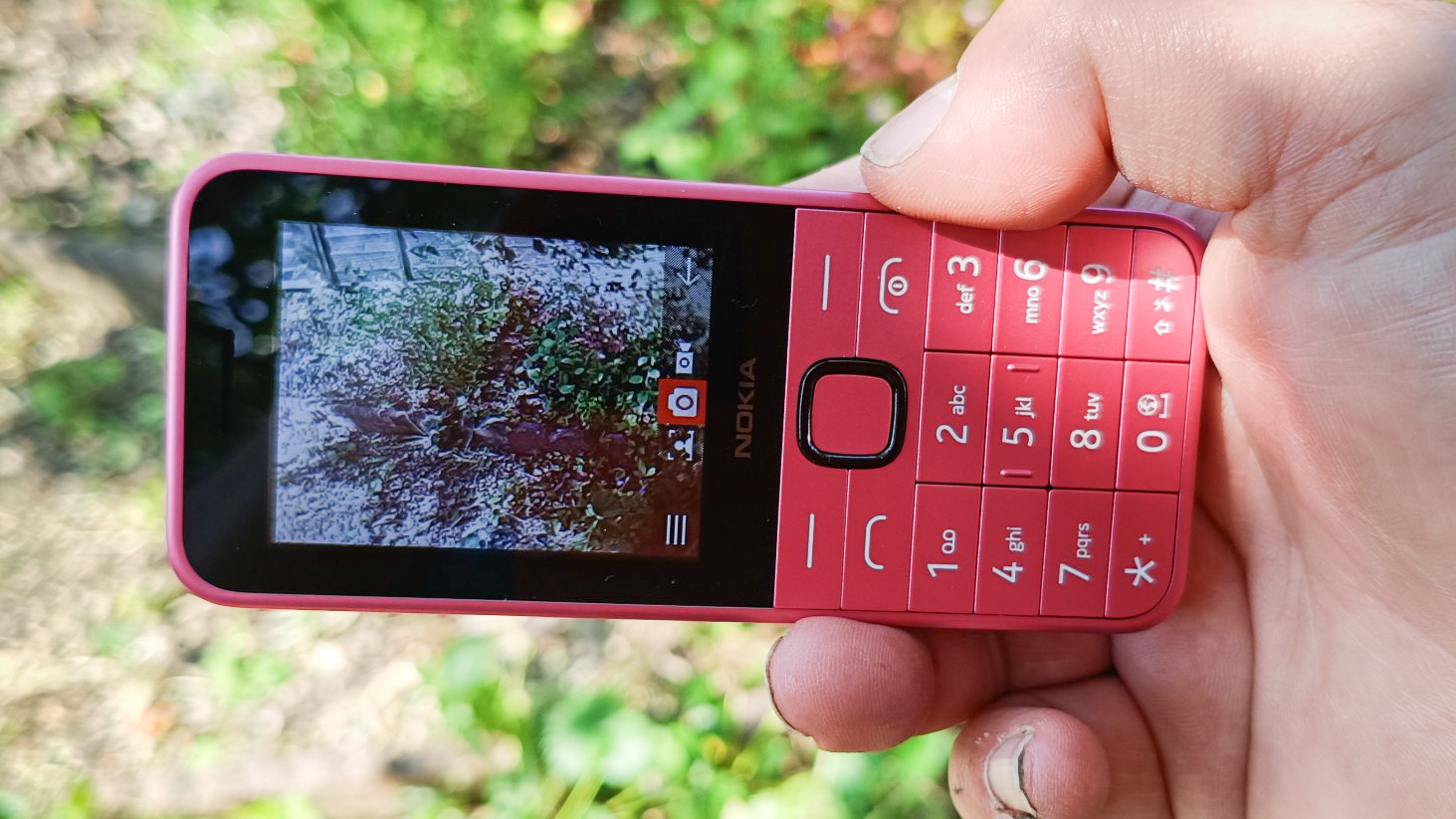
Specifications
Reasons to buy
Reasons to avoid
The Nokia 225 4G (2024) is our top pick for the best burner phone overall today. At around $59, this phone represents excellent value.
The T9 keypad delivers satisfying tactile feedback, while the 2.4-inch display remains perfectly adequate for basic functions. Build quality maintains Nokia's reputation for durability, with a lightweight yet robust plastic construction that can withstand everyday knocks. And the removable battery and dual SIM slots add a level of practical flexibility that's rare in modern devices.
You also get access to Nokia's new Cloud Apps portal, which provides access to news, weather updates, and even YouTube Shorts without the complexity or addictiveness of a smartphone.
The 1450mAh battery can last up to 16 days, and the inclusion of USB-C charging brings welcome modern convenience, eliminating the frustration of hunting for the right cable that's so common with burner phones. For more details, read our Nokia 225 4G (2024) review.
Best burner phone for battery
Specifications
Reasons to buy
Reasons to avoid
This handset is available in striking yellow, cyan or a sightly more respectable black, but whichever look you choose you’re getting a 4G-capable device. That means international borders aren’t a concern as Voice-Over-LTE (the replacement technology for 2G voice) is supported. FM radio and internet are also available (and loading pages is quicker than a 2G burner), and there is 48GB of on-board memory – expandable by MicroSD card.
See our full Nokia 110 4G review
Best burner phone for value
Specifications
Reasons to buy
Reasons to avoid
If you want something similar to our number one pick, but your budget is very tight, its predecessor is worth looking at too. Costing around $45, the Nokia 225 4G (2020) provides the basic features you need while keeping costs to an absolute minimum.
This 2020 model maintains the same durable plastic construction and familiar T9 keypad that made Nokia phones legendary for reliability. Its 2.4-inch display, while small by modern standards, is perfectly adequate for calls, texts and basic navigation. Battery life remains impressive with the 1150mAh cell delivering over six hours of talk time and several days on standby—more than sufficient for emergency or temporary use.
What you sacrifice for the lower price compared to the 2024 model becomes apparent in daily use. The smaller 1150mAh battery provides noticeably shorter runtime than the newer version's 1450mAh upgrade, meaning more frequent charging. The outdated micro-USB charging port requires hunting for the right cable in our USB-C world. Most significantly, you lose the Cloud Apps portal that transforms the 2024 model's internet capabilities—leaving you with only basic web browsing through a clunky interface.
However, for pure voice calls and text messaging, the 2020 model performs identically to its pricier sibling. So at $14 less than the 2024 version, it represents outstanding value. For more details, read our Nokia 225 4G (2020) review
Best retro burner phont
Specifications
Reasons to buy
Reasons to avoid
Announced late in 2021, this is another of Nokia’s revived classic designs and inside are the usual plus points, including FM radio, a 3.5mm jack, a loudspeaker, and physical keys. The slick yellow, dark green or black versions will all suit a stylish detoxer with late 90s nostalgia (then again, that’s so true of Nokia’s phone catalog that it is running out of ways to phrase “The return of an icon”).
On the plus side, the icons in the menu include games like Snake and for most Nokia owners that is what is missed, alongside the gorgeous curved screen. For what it’s worth, we love the green one. Seniors will also appreciate the option to zoom in menus and fonts (in any color).
See our full Nokia 6310 review
Best for seniors
5. Uleway G180
Specifications
Reasons to buy
Reasons to avoid
Uleway caters for the elderly with a number of different phone models which place simplicity and button size ahead of other considerations. This is the candy-bar shaped version, but they also offer a flip phone. In this context, we don’t imagine the limited roaming offered by 2G would be a significant problem, while the feature set is on a par with Nokia burners – there is a torch, camera and 32GB memory. The battery’s 800mAh might not be ideal for the most chatty, and the screen size certainly doesn’t match up to the large buttons, but the price is so low it might even be something you could buy for a single hospital visit.
Best emergency phone
6. Doro 1380
Specifications
Reasons to buy
Reasons to avoid
Doro makes phones primarily designed for older people and those with some form of physical impairment. But this makes them deliciously easy to use in a way any set of thumbs can appreciate.
The Doro 13780 does not use a tiny four-way d-pad, unlike almost every other popular feature phone. All its menus use simple up-down scrolling so it only needs two nav buttons.
Buying a Doro phone may seem like one of the least “cool” things you’ll do all year. But our digits are so used to touchscreens these days a phone designed for accessibility like the Doro 1380 may well be a much more comfortable fit than one that mimics feature popular phone designs from 1998-2005.
The Door 1380 also has dedicated shortcut buttons for its torch, the camera and the SMS section. And it is not completely without useful extras, even as a basic 2G mobile.
Bluetooth and music playback are those most likely to be appreciated. The Doro 1380 has a microSD slot that supports cards up to 32GB, you can connect Bluetooth headphones or use a wired pair, and there’s a 3MP camera on the back. It’s a poor camera, of course, but some slightly cheaper feature phones do not have one at all.
The Doro 1380 also has an "ICE" (in case of emergency) button on the rear. A long press on this contacts people you specify in the menu system. This is designed primarily for vulnerable people who might, for example, be prone to falls. It may prove just as useful if your average photographic trip involves climbing up mountains, though.
Smallest burner phone
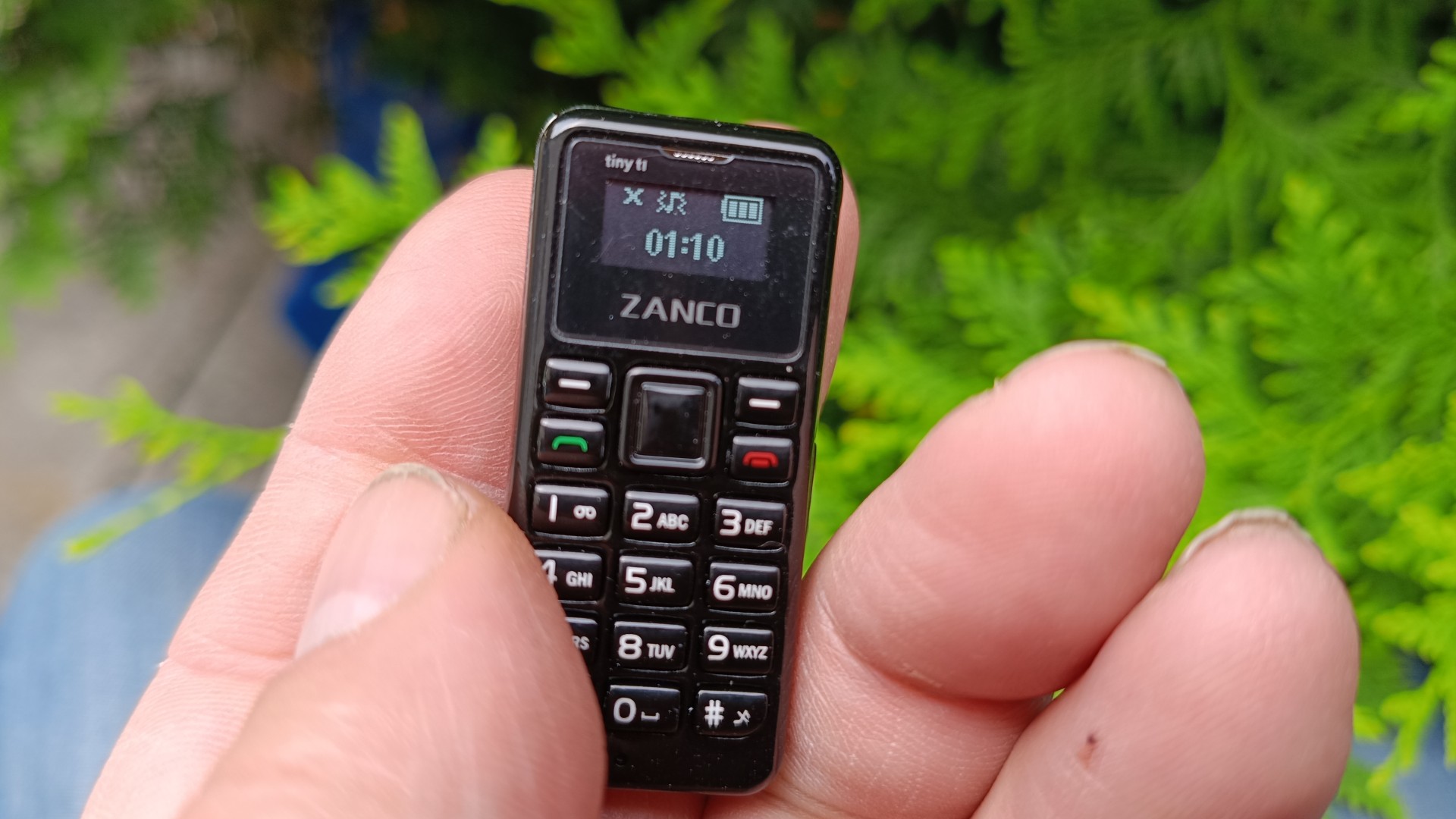
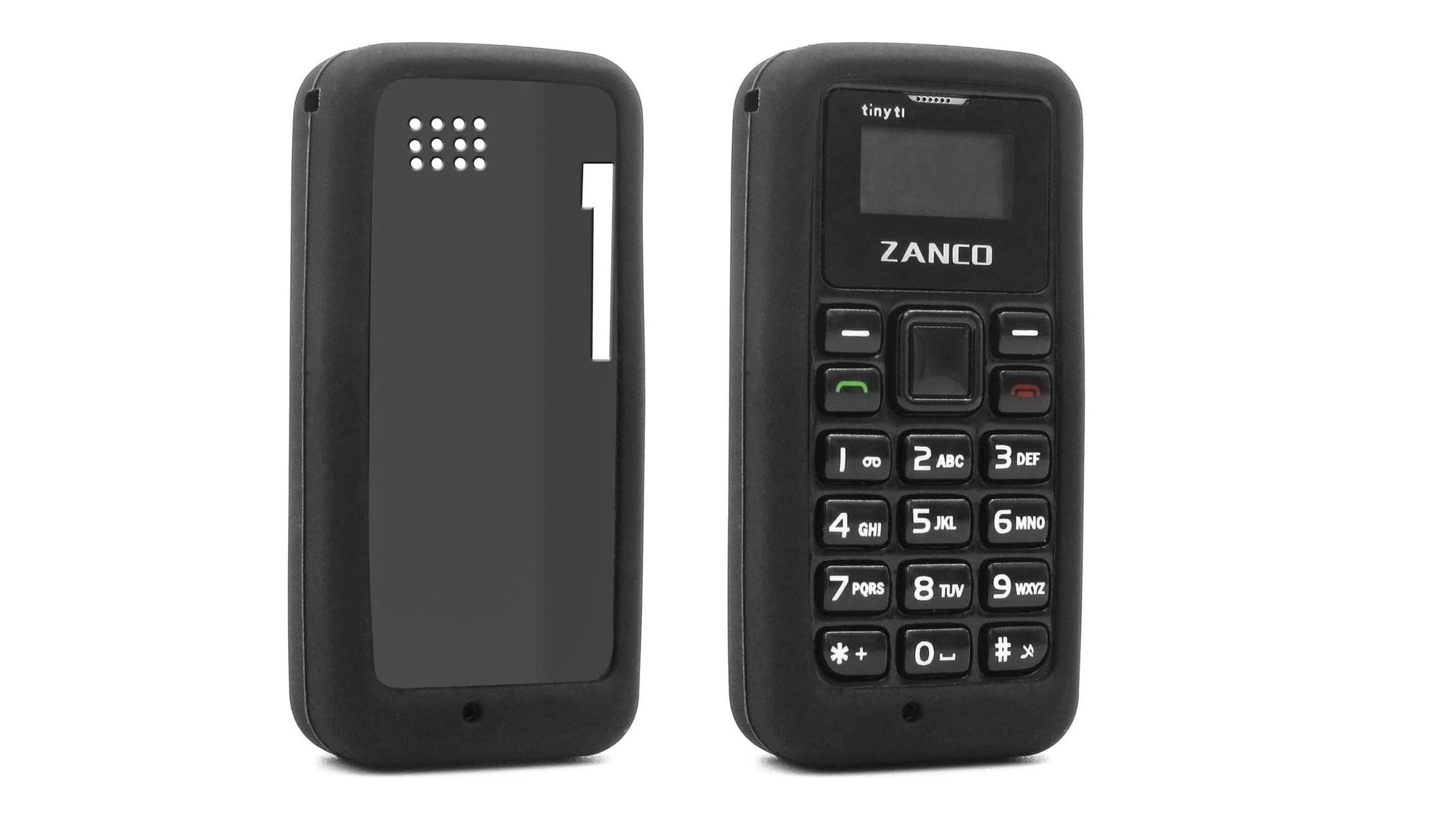
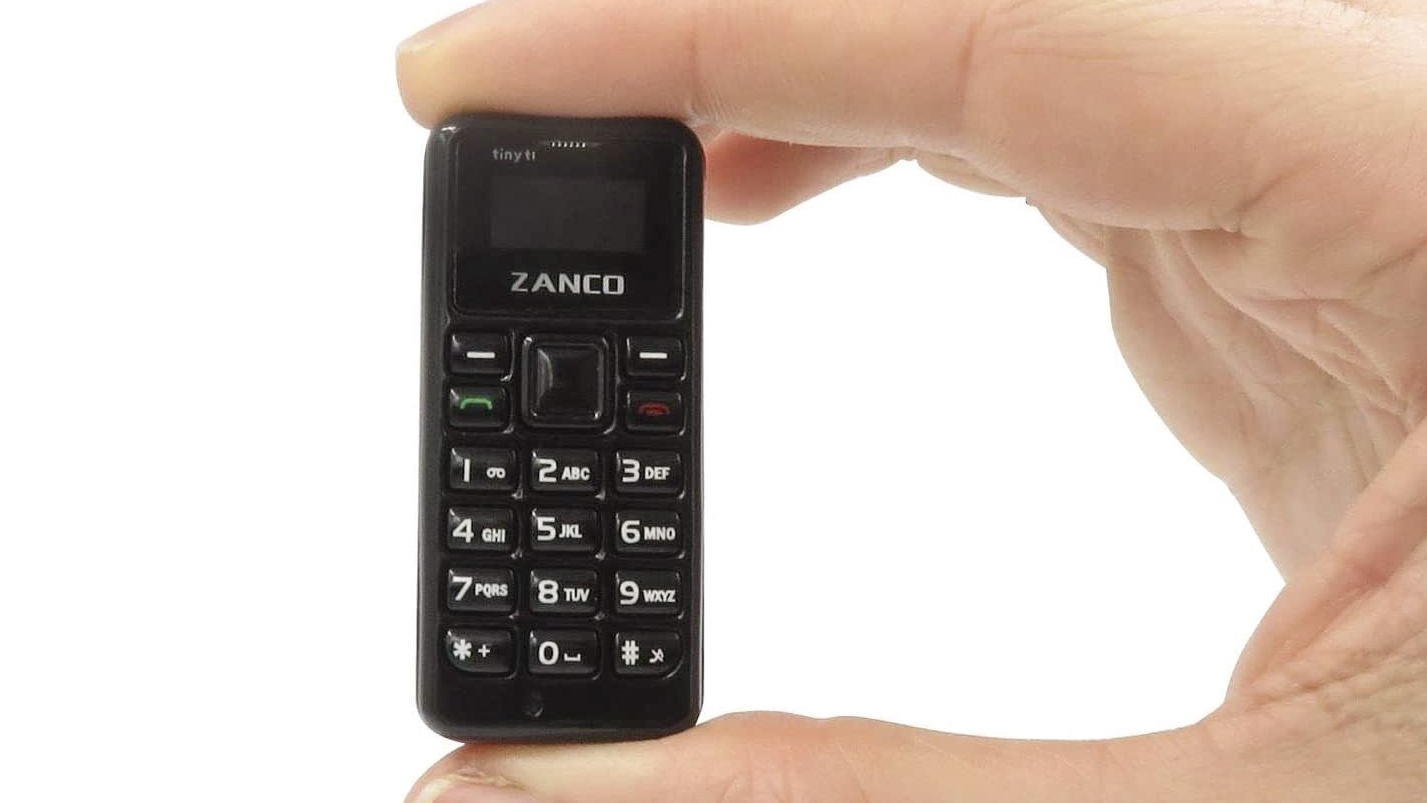
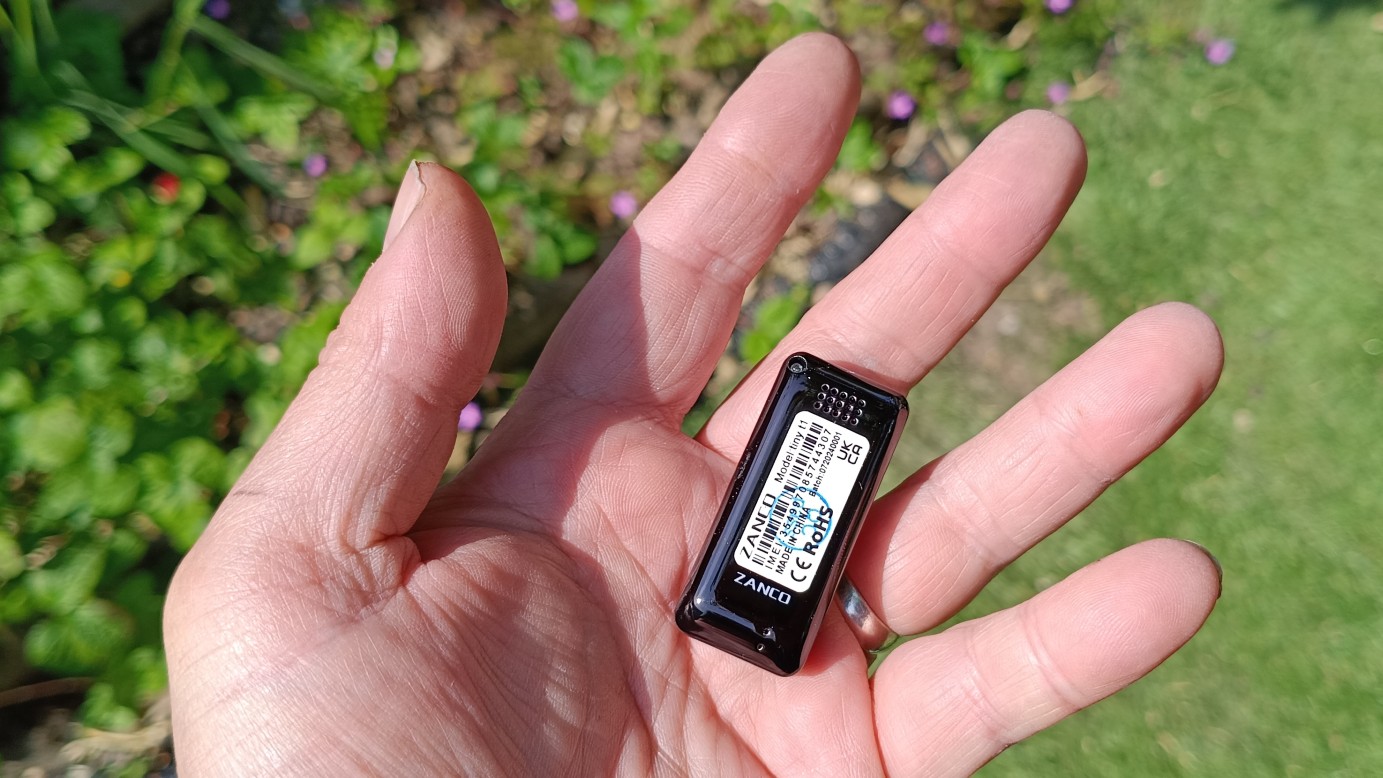
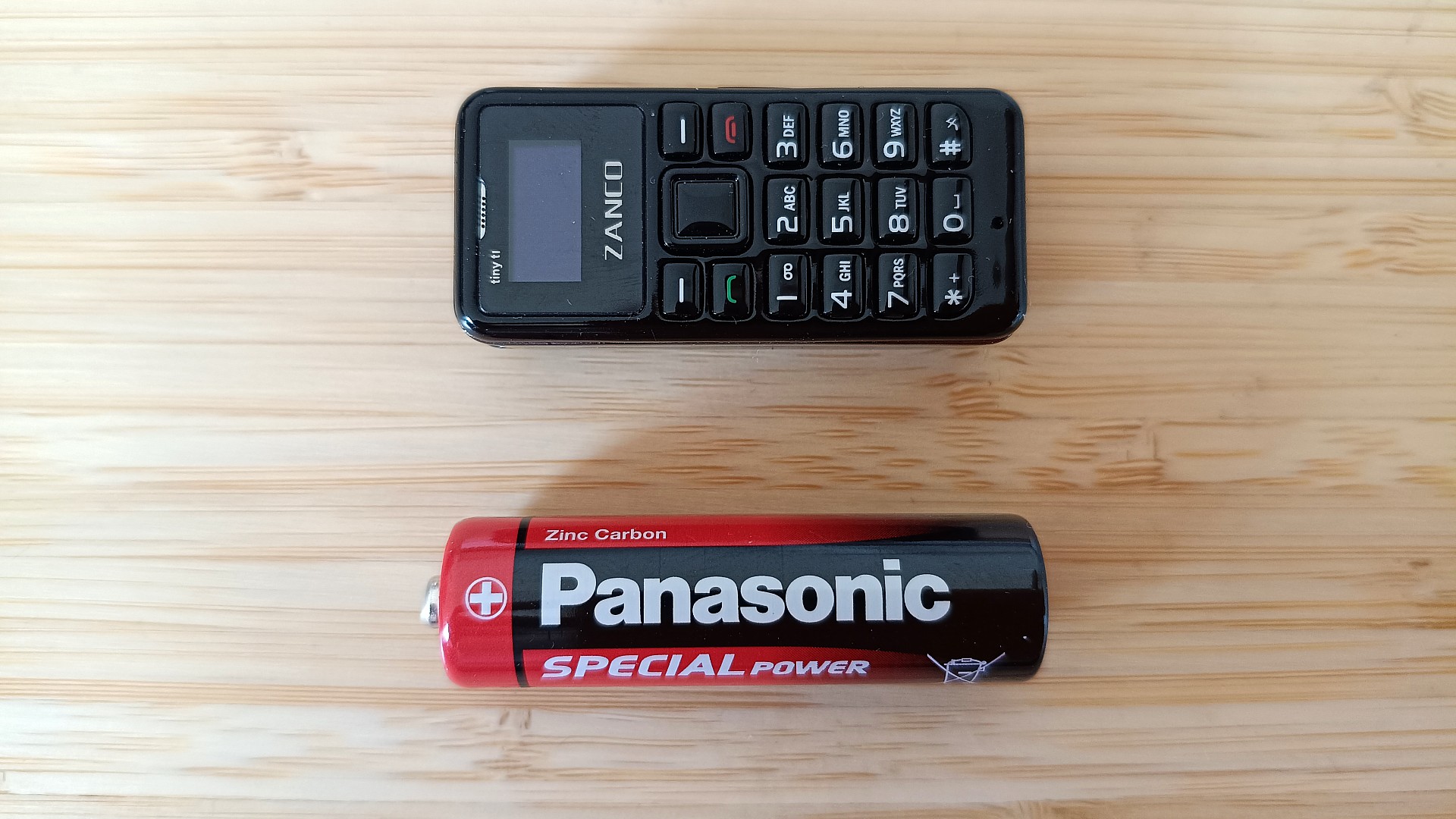
Specifications
Reasons to buy
Reasons to avoid
Looking more like something created by Q-branch than anything else in this list, the Zanco Tiny T1 is very deliberately the smallest phone you can buy but, despite that, it is still able to make a call using a 2G cellular network. The quality is broadly comparable to any other handset of the era (this phone dates from 2018), and charging is simple via micro USB.
Obviously, being the width of a coin, the phone’s buttons are somewhat compact, but Zanco have managed to include Bluetooth 3 to enable you to copy contacts from another device, and – in keeping with the spy-phone feel – the other technology squeezed into this tiny frame is a voice changer.
Squeezing a nanoSIM into the device is only one option; you can also use it as a Bluetooth speaker/mic for your regular phone. If you’re in the market for something to surprise and delight, want a novelty that actually works, or need something very, very discrete, this will work for you.
See our full Zanco Tiny T1 review
Best burner smartphone
Specifications
Reasons to buy
Reasons to avoid
The Alcatel 1 is a 4G smartphone which absolutely won’t match a flagship handsets from Apple or other leading brands, but you can have twenty of these for the same money as an iPhone. There are a lot of reasons why you might want a burner in this category, not least when transitioning kids to smartphones. You can start with something cheap you wouldn’t mind replacing, while offering the kids more than a simple candy bar.
We were really disappointed with the phone in our tests, however. It was extremely slow compared to any more modern smartphone - and the battery performance was very poor.
See our full Alcatel 1 review
FAQs
How do I maintain privacy with a burner phone?
One of the big appeals of a pre-paid phone, aside from being able to manage your expenditure, is privacy. It is possible to do that with a pre-paid phone, but easy to end up sharing data so here are some tips on using a pre-paid phone as a true burner, just like Stringer Bell would have to in this day and age:
• Pay cash, not so much for the handset but the service. You can buy top-up cards.
• Maintain anonymity on the device by avoiding apps / sites like Facebook which require a log in.
• You can manage the financial aspects and share bank details fairly safely with the major brands, saving trips to gloomy retailers at inconvenient times.
• Power the phone down when you’re not using it.
If you’re not actually committing federal crimes, then you can manage the financial aspects and share bank details fairly safely with the major brands, saving trips to gloomy retailers at inconvenient times.
Sadly most burner phone deals are time-limited; the data/minutes you buy need to be used within a few weeks/months, but you can still save a lot compared to a traditional contract deal.
Will my current SIM card fit?
Most burner phones also use microSIMs rather than nanoSIMs, so you’ll either need to get a new SIM from your phone network or a converter: a little piece of plastic into which your normal SIM slots. You can buy these cheaply on eBay.
Can I still use social media?
A few burner phones will let you do this, but most won't. Let's face it, being free from the pressures and time drains of social media is a major plus point of burner phones anyway.
Do burner phones have a camera?
Yes, most burner phones will have a rear-facing camera, and some even have selfie cameras. But don't expect image quality to be anywhere near the standard set by today's full-on smartphones.
Other names for burner phones
The term 'burner' does carry some negative, crime-based connotations – as brilliantly dramatized in the US crime series The Wire. Consequently, some phone manufacturers and retailers instead prefer to use the label ‘feature phone’, meaning non-smart phone. Others refer to them as dumbphones - to make the point that they are not smartphones.
Read more
• Best SIM only deals
• Best budget camera phone
• The best camera phone
• The best add-on lenses for iPhone and Android phones
• The best gimbals for your iPhone, GoPro and camera
• The best selfie sticks
Compare today's prices
The best camera deals, reviews, product advice, and unmissable photography news, direct to your inbox!

With over 20 years of expertise as a tech journalist, Adam brings a wealth of knowledge across a vast number of product categories, including timelapse cameras, home security cameras, NVR cameras, photography books, webcams, 3D printers and 3D scanners, borescopes, radar detectors… and, above all, drones.
Adam is our resident expert on all aspects of camera drones and drone photography, from buying guides on the best choices for aerial photographers of all ability levels to the latest rules and regulations on piloting drones.
He is the author of a number of books including The Complete Guide to Drones, The Smart Smart Home Handbook, 101 Tips for DSLR Video and The Drone Pilot's Handbook.
